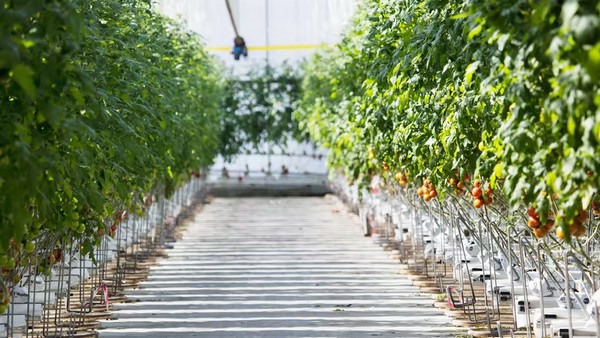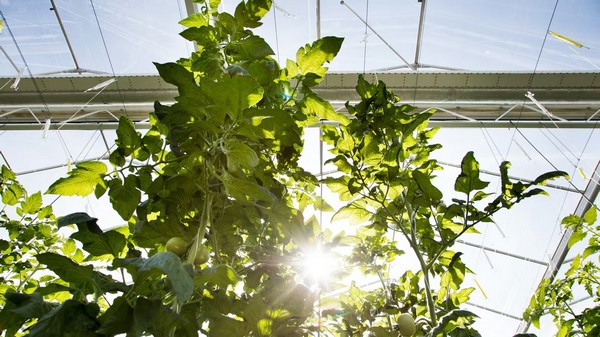
For the past years, two main challenges have been top of mind for greenhouse operators: labor (shortages and increasing costs) and the ever-increasing costs of energy. Andrew Lee, Global Technical Knowledge Manager at Grodan and veteran in the horticultural business, sees these challenges not as limitations, but as important drivers for technological innovation in the sector. In the first part of this series, Lee dives into the latest tech solutions for challenge #2: the transition towards green energy in the greenhouse.

Solutions for energy reduction
The high-tech greenhouse sector offers a very sustainable method of food production, using less land, water, and energy per kg fruit than open-field agriculture. The industry continues to take important steps on its journey to become emissions-free and to reduce energy usage. Lee sees a number of innovations in this field that are promising for the near future:
“I am optimistic about further energy reduction in the greenhouse. Since 2011, we have already managed to decrease energy use in the high-tech greenhouse by over 40 percent. The introduction of new sensors inside the greenhouse such as Pyrgeometers is allowing operators to reduce this further. Pyrgeometers measure long-wave heat emission from the greenhouse and provide greenhouse operators with a greater understanding of how a plant is responding to the air around it. Along with new insights in humidity control, greenhouse operators are now using their climate screens with greater precision. As a consequence, energy usage is being reduced. Don’t be surprised to see glass film technologies in the not too distant future, which will allow more light penetration into the greenhouse, yet can ‘control’ heat from leaving the greenhouse.”
Lee adds: “In the end, the holy grail is to fully shift towards green energy. We already see investments in geothermal energy. I am confident that these kinds of technologies will eventually help our sector to become fully emissions-free. Greenhouse operators should be very proud of the massive reduction in total energy inputs they have already achieved in recent years. The sustainability performance of our industry is a great message to tell to consumers.”

Collaboration and engagement is key
Smart tech is entering the greenhouse gradually but of course, growers cannot develop and test these new technologies by themselves. Collaboration with partners within and outside the sector is key to implementing these technologies successfully in the sector. Lee concludes:
“We need to connect the greenhouse all the way to the consumer through technology. That means that more vertical integration is needed to connect different players in the value chain, ranging from seed breeders, growers, packhouses and data science companies. For us at Grodan, we focus mostly on collaborations to optimize the process of rootzone management. In the end, all these collaborations will enable us as a sector to move towards the zero-emissions greenhouse of the future.”

 Grodan
Grodan